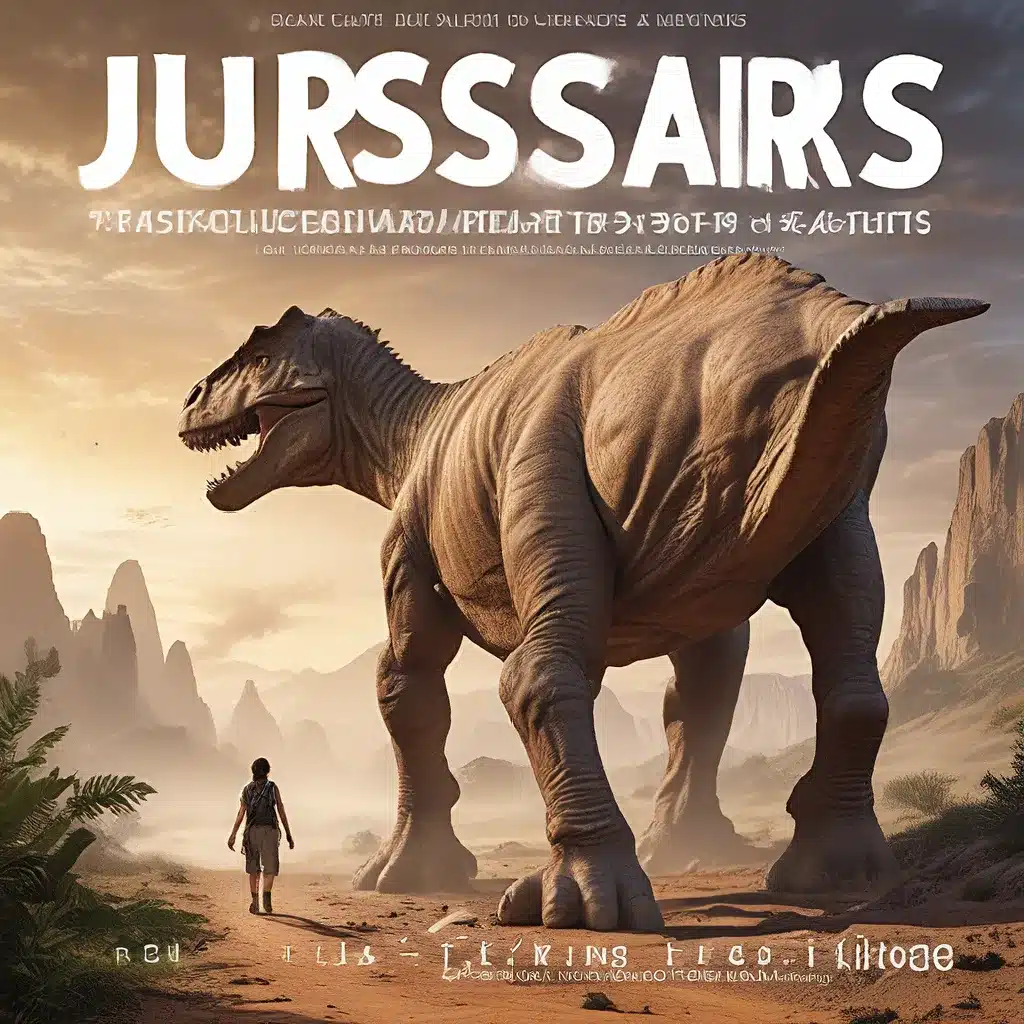
In the vast expanse of the Bighorn Basin in Wyoming, the earth has preserved a remarkable testament to the distant past. Scattered across the rugged terrain, the Red Gulch Dinosaur Tracksite stands as a portal into a world that existed millions of years ago, when dinosaurs roamed the land and left their mark upon the land.
Uncovering the Secrets of the Jurassic
The Red Gulch Dinosaur Tracksite is a treasure trove of prehistoric wonders, boasting over one thousand fossilized footprints that have been meticulously cataloged and studied by researchers. These ancient tracks offer a unique glimpse into the behaviors and movements of the Jurassic giants that once dominated the landscape.
As described by the Natural Historian, the tracksite is situated on a layer of hard limestone, where the imprints of dinosaur activity have been preserved for millions of years. The majority of the footprints belong to theropod dinosaurs, a group that includes the iconic Tyrannosaurus rex and other carnivorous giants.
Interestingly, the tracksite also reveals the presence of other intriguing traces, such as the burrows of ancient clams that once dwelled in the sediment. These additional fossils provide valuable insights into the broader ecosystem that existed during the Jurassic period, painting a more complete picture of the ancient world.
Preserving the Past for the Future
The Red Gulch Dinosaur Tracksite is a prime example of the importance of archaeological preservation and the vital role it plays in our understanding of the past. Maintained by the Bureau of Land Management (BLM), this remarkable site is open to the public, allowing visitors to walk in the footsteps of the dinosaurs and experience the wonder of these ancient creatures firsthand.
Across the American West, similar dinosaur trackways and fossil-rich sites have been discovered, each offering a unique glimpse into the Mesozoic Era. From the Dinosaur National Monument in Utah to the Jurassic National Monument in Colorado, these archaeological treasures continue to captivate and enlighten both scientists and the general public.
The Significance of Dinosaur Footprints
The study of dinosaur footprints, known as ichnology, has become an increasingly important field within paleontology. These fossilized impressions provide valuable information about the behavior, locomotion, and biomechanics of these ancient creatures, often revealing insights that cannot be gleaned from skeletal remains alone.
At the Dinosaur State Park in Connecticut, for example, researchers have uncovered a remarkable collection of Early Jurassic dinosaur tracks, offering a unique window into the lives of these prehistoric giants. By analyzing the size, depth, and spacing of the footprints, scientists can reconstruct the physical characteristics and movement patterns of the dinosaurs that once roamed the region.
Moreover, dinosaur trackways can provide valuable information about the social behaviors of these ancient creatures. The presence of multiple footprints in a single area may indicate that dinosaurs traveled in herds or groups, while the interaction between different species’ tracks can shed light on the dynamics of the Jurassic ecosystem.
Theories and Controversies in Dinosaur Paleontology
As with any field of scientific inquiry, the study of dinosaurs is not without its share of theories and controversies. One particularly contentious topic is the ongoing debate surrounding the extinction of these ancient giants.
The prevailing theory, supported by overwhelming evidence, is that the dinosaurs were wiped out by a massive asteroid impact approximately 66 million years ago. This catastrophic event is believed to have triggered a series of environmental changes, including global climate shifts and the collapse of the food chain, ultimately leading to the demise of the dinosaurs.
However, some alternative theories have been proposed, suggesting that volcanic activity, climate change, or even disease may have played a role in the extinction of the dinosaurs. While these alternative explanations have their proponents, the asteroid impact theory remains the most widely accepted explanation among the scientific community.
Unlocking the Mysteries of the Past
As we continue to explore and study the Red Gulch Dinosaur Tracksite and other remarkable archaeological sites, we are constantly reminded of the vast expanse of time that separates us from the Jurassic period. Yet, through the diligent work of paleontologists, archaeologists, and researchers, we are able to piece together the intricate puzzle of the past, revealing the fascinating and awe-inspiring story of the ancient giants that once roamed the Earth.
The footprints preserved at the Red Gulch Dinosaur Tracksite are more than just fossils – they are a tangible connection to a world that existed millions of years ago, a world that continues to captivate and inspire us today. By exploring these sites and learning from the evidence they provide, we can deepen our understanding of the past and unlock the mysteries that lie buried beneath the surface of our planet.
As you plan your next Jurassic journey, be sure to visit the Red Gulch Dinosaur Tracksite and other remarkable archaeological destinations across the American West. Discover the wonders of the Mesozoic Era and walk in the footsteps of the ancient giants that once ruled the Jurassic landscape.


